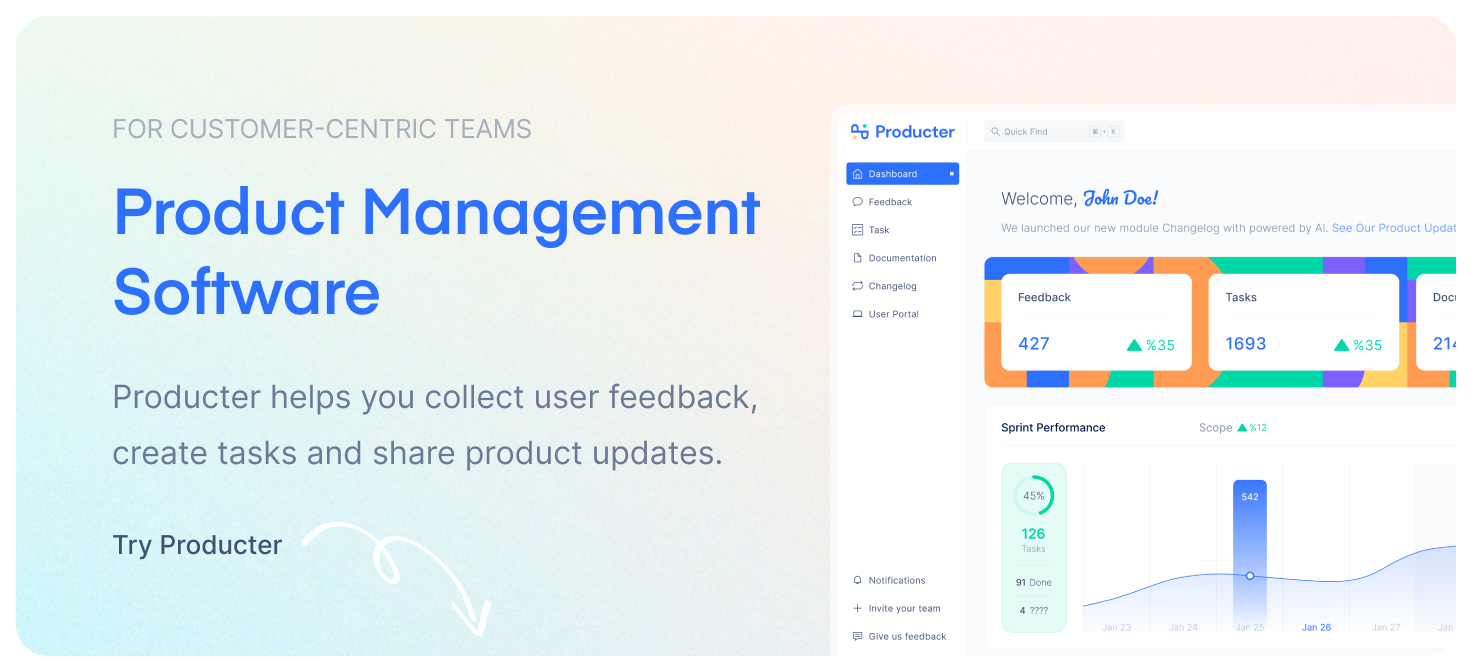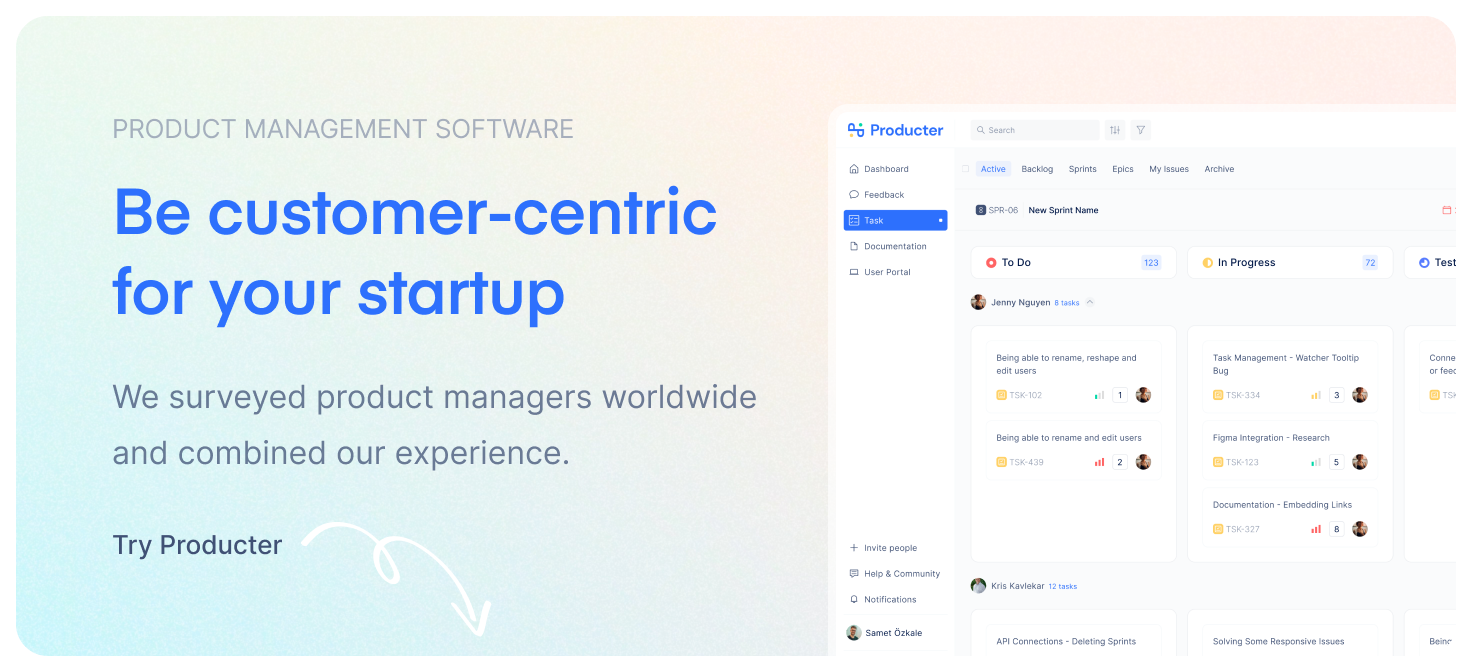Feature-specific adoption is the process of selecting, implementing, and using a specific software feature. This type of adoption is often seen in businesses or organizations that have a need for a particular function or set of features, and want to ensure that those features are integrated into their workflows.
Benefits of Feature-specific adoption
There are many benefits to adopting a feature-specific approach when digitizing your product. This includes reducing costs, increasing efficiency, and improving the customer experience.

When you digitize your product, you can take advantage of features that are specific to the digital medium. For example, you can use interactive elements to engage customers and make it easy for them to find the information they need. You can also use digital product features to customize the customer experience and create a more personal interaction.
Feature-specific adoption can also help you reduce costs associated with your product. By digitizing your product, you can eliminate the need for costly physical production and distribution. You can also save on customer service and support costs by providing self-service options that allow customers to resolve issues on their own.
In addition, feature-specific adoption can increase efficiency by automating tasks that are otherwise manual or time-consuming. For example, you can use data analytics to track customer behavior and make changes to your product in real-time based on feedback. Automation can also help you manage inventory levels and keep track of customer information more effectively.
Finally, feature-specific adoption can improve the customer experience by providing a more personalized and user-friendly interface. By digitizing your product, you can offer customers a more convenient way to interact with your brand and make it easier for them to find the information they need. You can also use digital product features to create a more engaging and interactive experience that ultimately leads to higher customer satisfaction.
The Process for feature specific adoption

The process of feature-specific product adoption begins with the identification of a new product or service feature that has the potential to improve customer satisfaction, business efficiency, or both. Once the feature has been identified, it is important to assess whether customers would actually use and benefit from the feature. To do this, market research can be conducted to gauge customer reaction to the new feature.
If customer feedback indicates that the new feature would be valuable, the next step is to develop a plan for how to best implement the feature. This plan should consider factors such as what resources will be required, how customers will be made aware of the new feature, and what training might be necessary to ensure proper use.
Once the plan is in place, it is important to monitor adoption rates to ensure that the feature is being adopted as expected. If adoption rates are lower than expected, it may be necessary to adjust the implementation plan. Finally, once adoption has reached a sufficient level, it is important to evaluate the impact of the new feature to ensure that it is actually delivering the benefits that were expected.
Feature-specific product adoption can be a great way to improve customer satisfaction and business efficiency. By following the steps outlined above, organizations can increase their chances of success.
How is it measured?
There are a few ways to measure feature adoption:

1. Solution Adoption:
This metric measures the adoption of your product by looking at the usage data. This is determined by whether users are using the feature you built and how often they use it.
2. Engagement Adoption:
This metric looks at how long users keep using the feature after they start using it. Are they still using it after a week? A month?
3. Net Promoter Score
This metric measures how likely users are to recommend your product to a friend or colleague. It's a good way to measure overall satisfaction with the product.
There are a few things to keep in mind when measuring feature adoption:
1. Usage data doesn't always tell the whole story. Just because a user doesn't use a feature doesn't mean they don't like it or find it valuable. Sometimes users just need some time to get used to a new feature.
2. It's important to measure engagement over time. Just because a user uses a feature once doesn't mean they'll keep using it. You need to see if they keep coming back to it.
3. Net Promoter Score can be a good overall measure of satisfaction, but it's important to look at other factors as well. NPS doesn't always give you the whole picture.
When looking at feature adoption, it's important to keep these things in mind. By doing so, you'll be able to get a better understanding of how successful your product is and what users think of it.
Tips for Improving Feature-specific Adoption
There are a few things you can do to improve feature-specific adoption:
1. Make sure the feature is valuable to users. If users don't see the value in a feature, they're not going to use it. Make sure you conduct market research to gauge customer reaction before implementing a new feature.
2. Develop a plan for how to best implement the feature. This plan should consider factors such as what resources will be required, how customers will be made aware of the new feature, and what training might be necessary to ensure proper use.
3. Monitor adoption rates and make adjustments if necessary. If adoption rates are lower than expected, it may be necessary to adjust the implementation plan.
4. Evaluate the impact of the new feature once adoption has reached a sufficient level. This evaluation will help you determine if the feature is actually delivering the benefits that were expected.
By following these tips, you can improve your chances of successful feature-specific adoption.
Producter is a product management tool designed to become customer-driven.
It helps you collect feedback, manage tasks, sharing product updates, creating product docs, and tracking roadmap.






